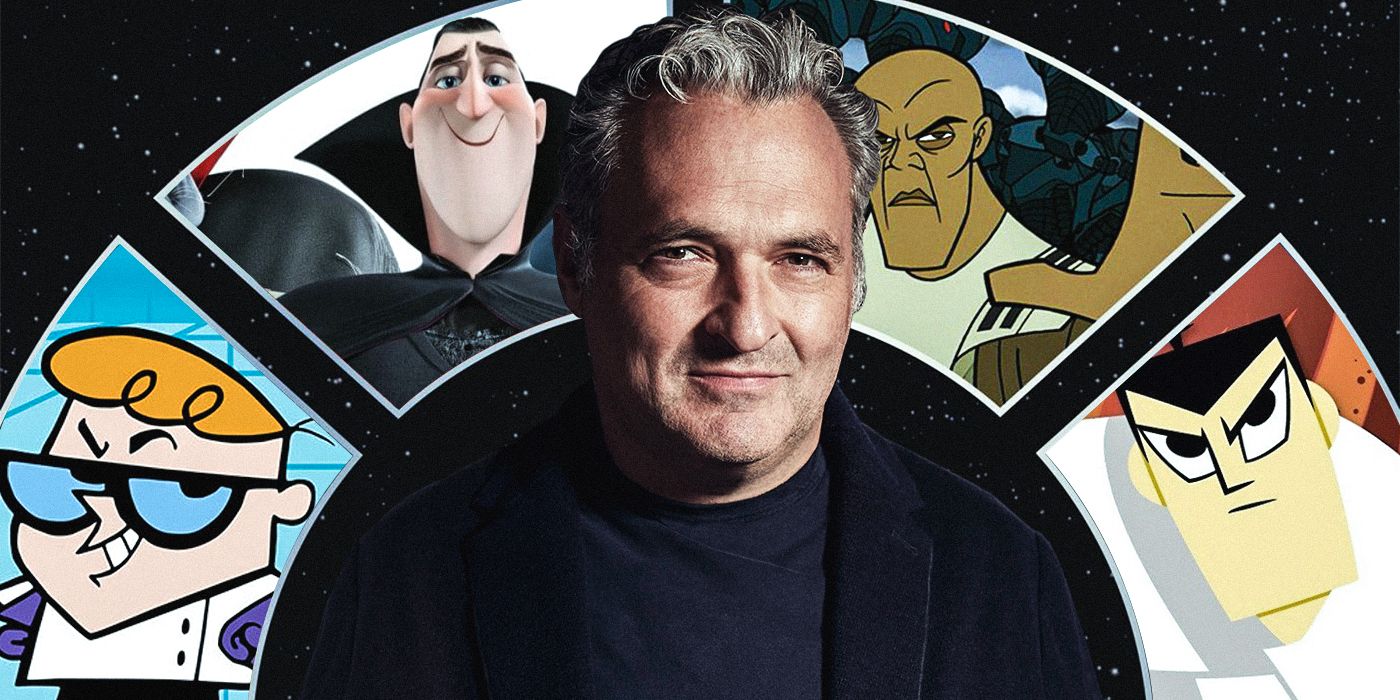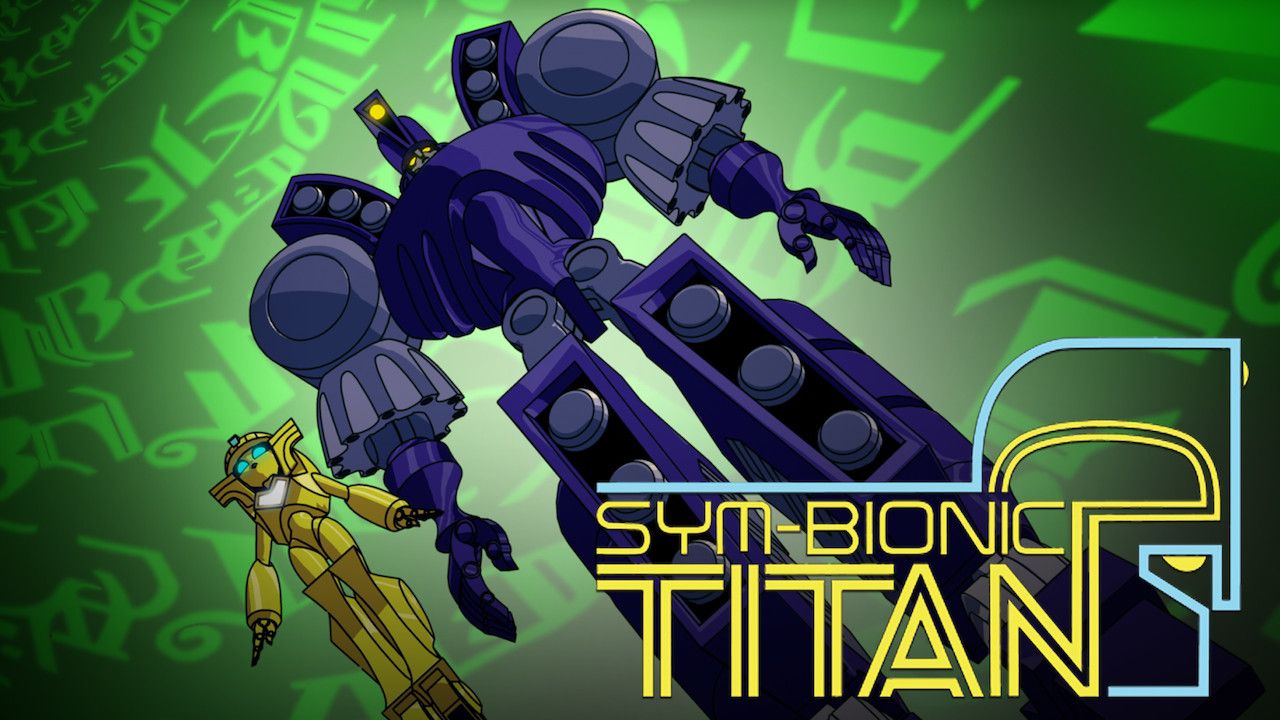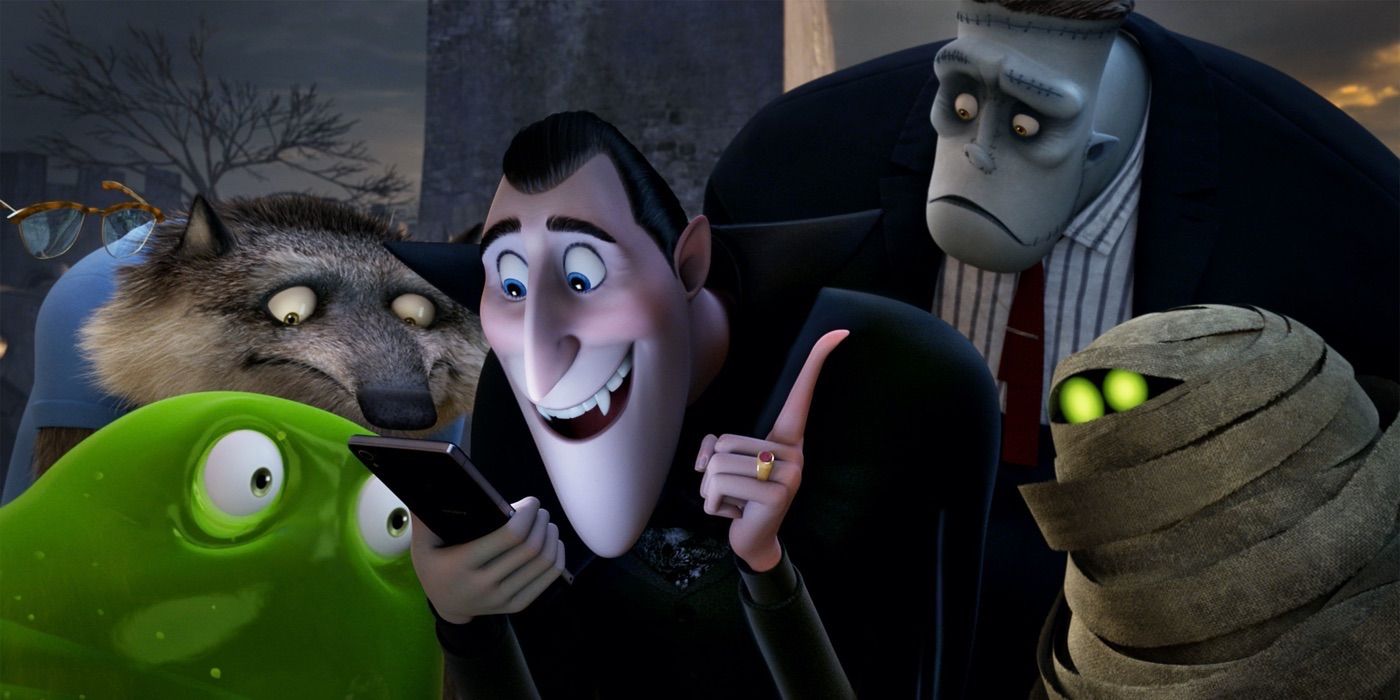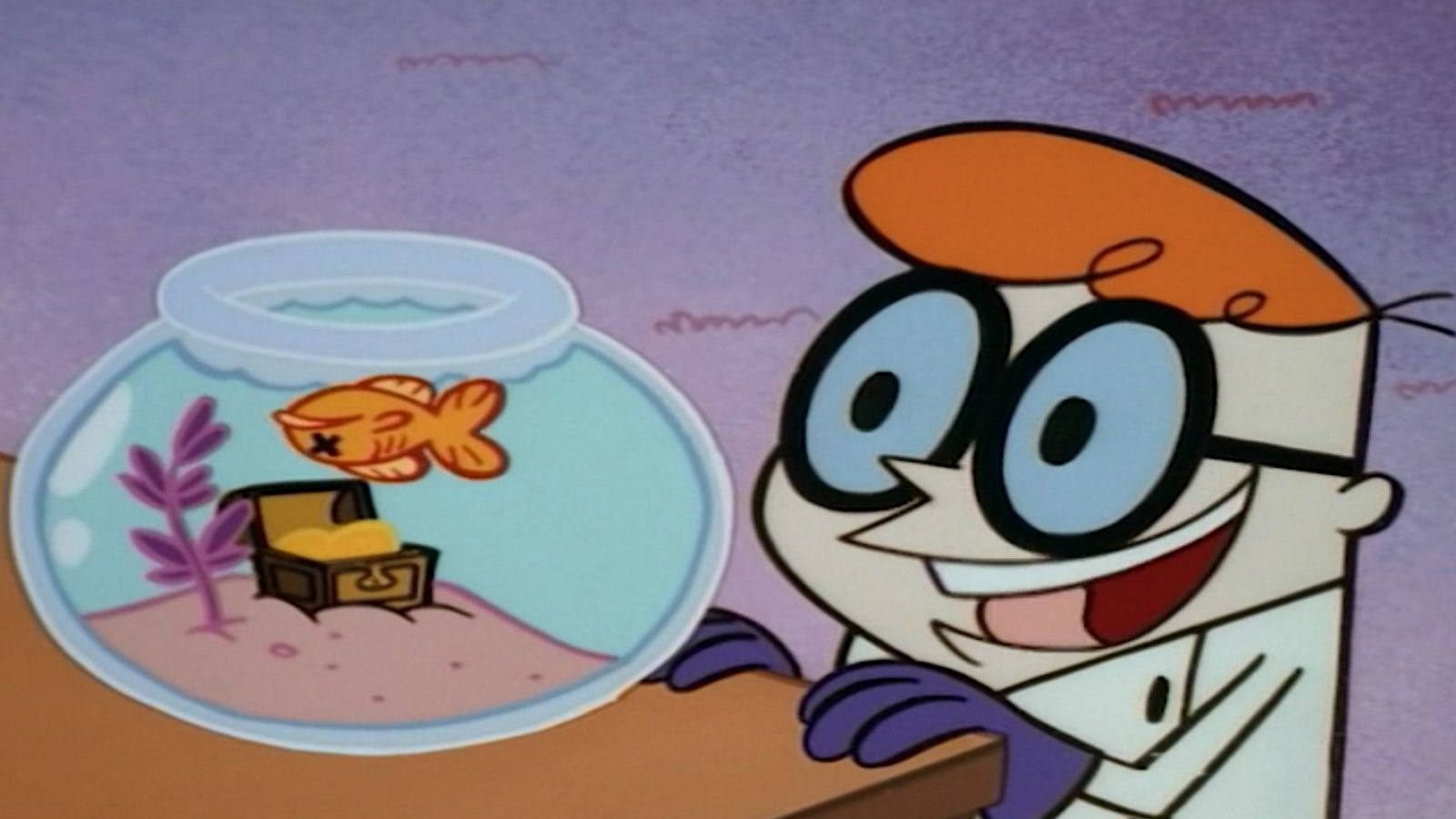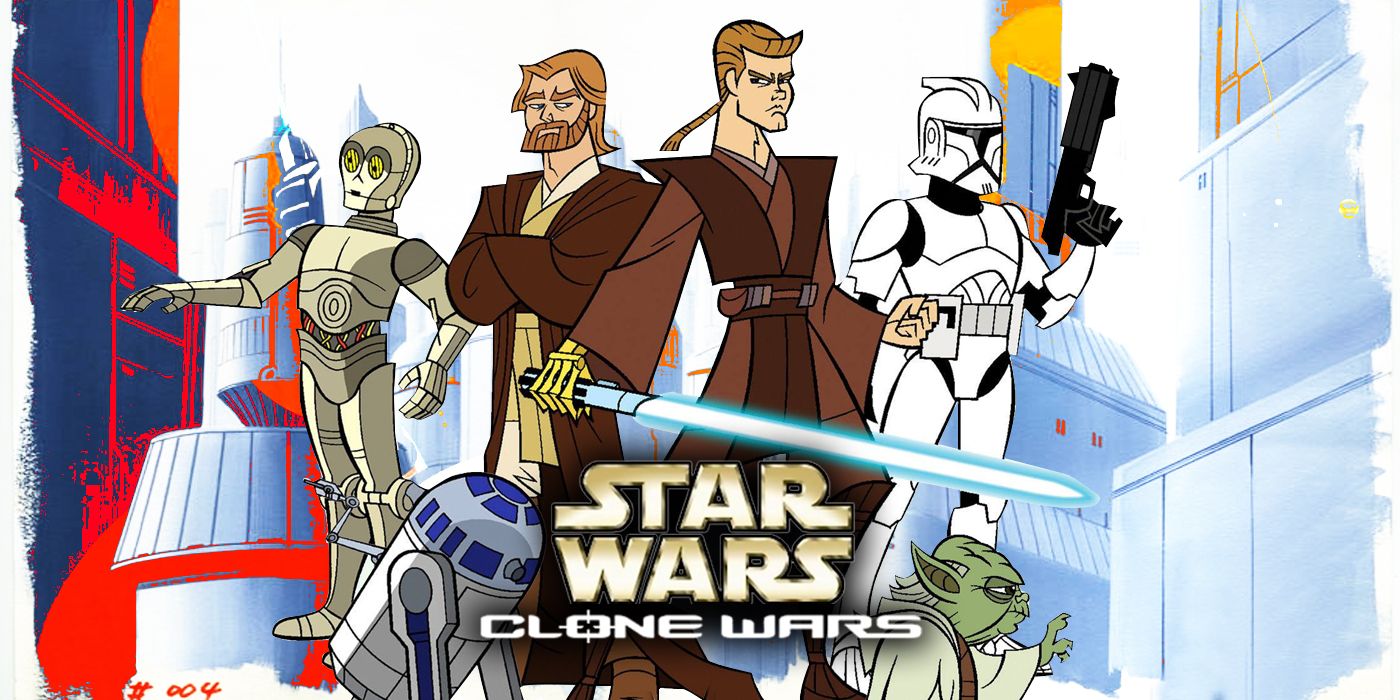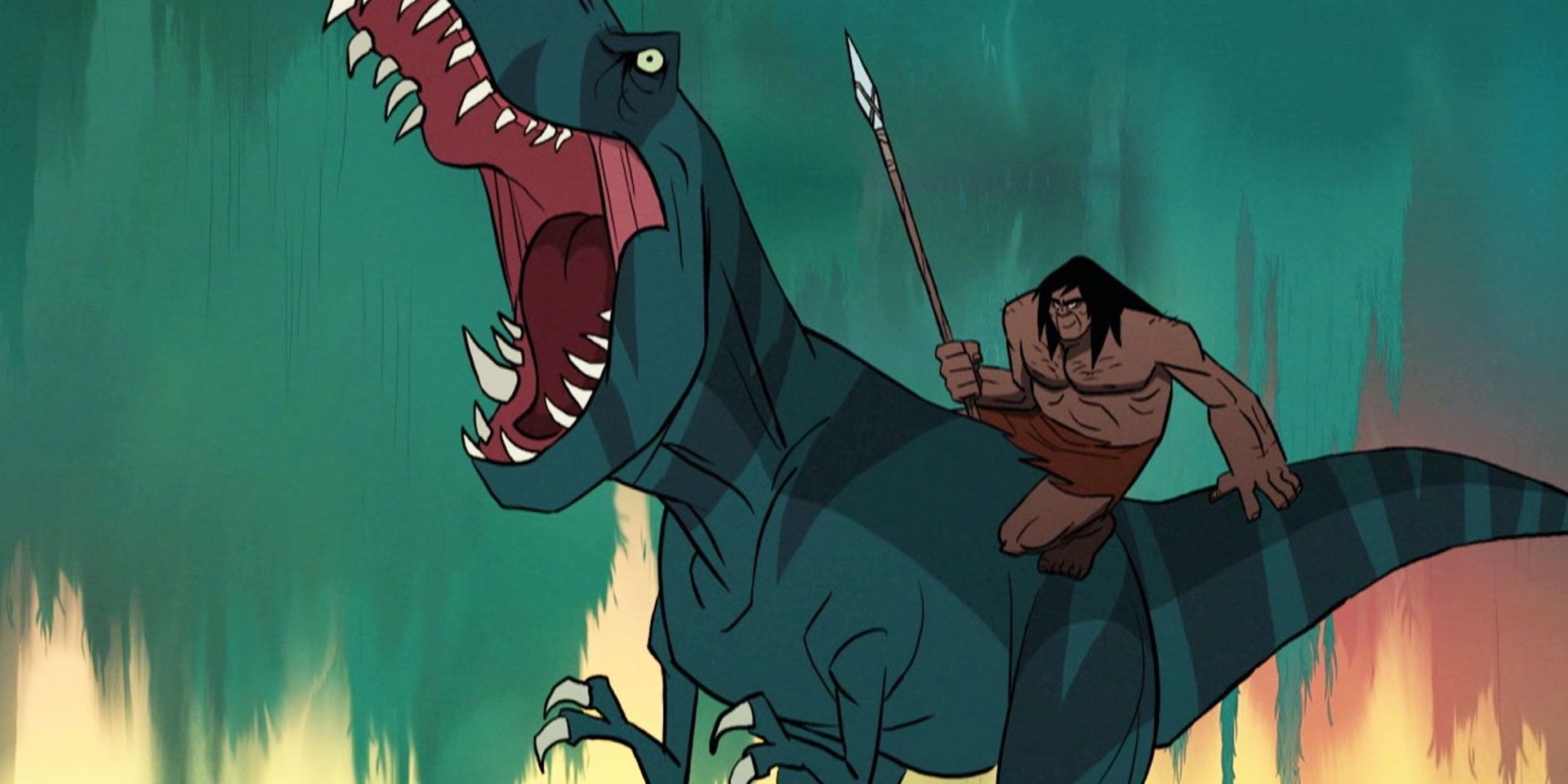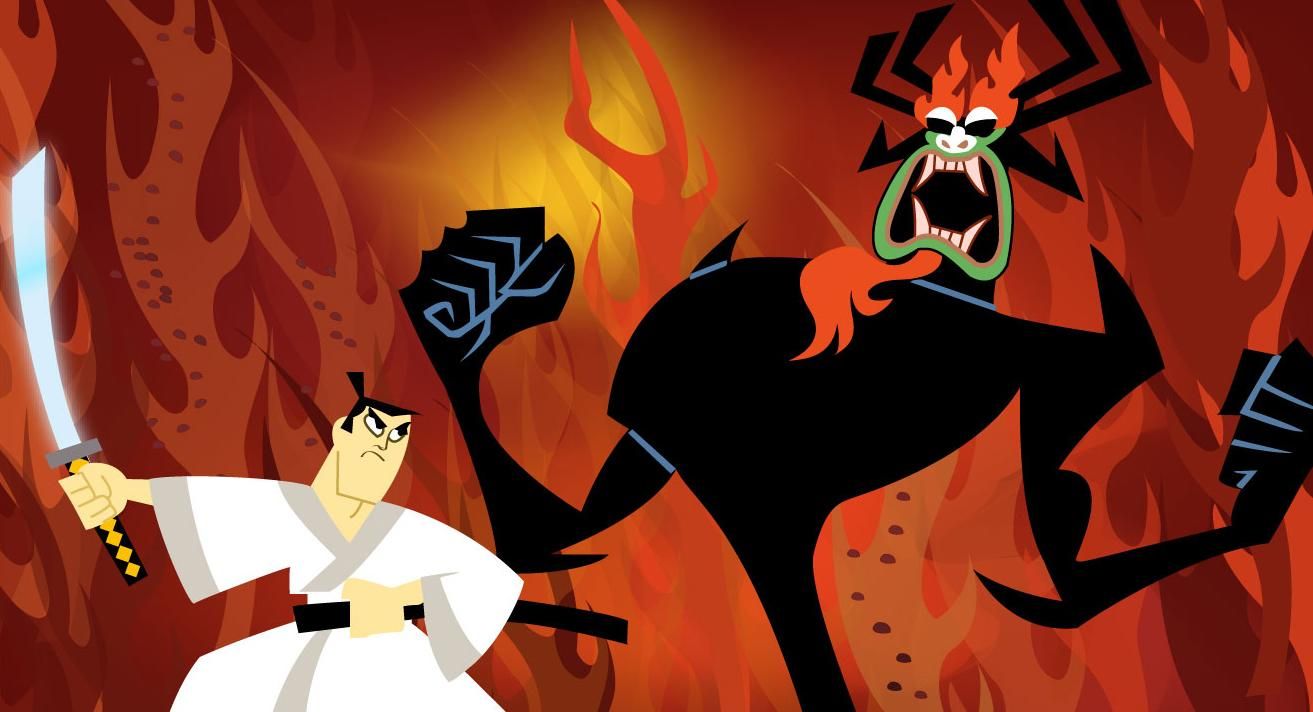The names and faces of animation directors are seldom as synonymous with their own work or filmmaking style as their live-action counterparts. Films like Pulp Fiction, Jurassic Park or Psycho are almost immediately recognized as the films of directors Quentin Tarantino, Steven Spielberg and Alfred Hitchcock. The visions behind animated titles are typically more so credited to the studios behind them than to a sole auteur. While certainly directed by Pete Docter and Andrew Stanton, films such as Inside Out and Finding Nemo are largely more so seen to have been made by the lump sum of Disney and Pixar as a whole, added to the fact that Docter and Stanton made each of their films exclusively for Pixar. While anime directors like Hayao Miyazaki and Satoshi Kon have been celebrated as the visionaries behind their work, most animation auteurs in the west still struggle to gain recognition as their own filmmakers with a directorial identity independent of any one studio or genre.
Among animation fans, creator Genndy Tartakovsky has stood out as one of the most recognizable and celebrated directors of American cartoons to come out of the 90’s animation boom. From his humble beginnings at Warner Bros. and Hanna-Barbera to his resident tenures at Sony Pictures Animation and Adult Swim, Tartakovsky brings to the screen a balance of cartoony expressionism, mindfully minimalist storytelling and high-energy kinetic action in each of his projects. Although working firmly in the studio system, Tartakovsky’s animation style and understanding of filmmaking have made each of his works not only conceptually personal and unique from their studio forerunners, but also from Tartakovsky's own previous filmography. Ranking his works is less a question of which is higher quality and more an assertion of what titles exemplify his abilities as a director the best.
6. Sym-Bionic Titan
Despite being ranked last on this list, Sym-Bionic Titan is still an underrated series and the textbook definition of an underground cult favorite. Aired and cancelled within the span of less than a year, the series follows intergalactic refugees Ilana and Lance as they, along with their robot Octus, navigate their way through the most dangerous landscape the galaxy has to offer: Earth high school. When the war that ravaged their home planet finds its way to Earth, the trio together pilot the giant robot Titan to engage in city-leveling brawls against the likes of alien warlords, giant kaiju and even the US army.
A common trend in Tartakovsky’s works is his ability to draw heavy inspiration from contrasting narrative genres, combining them into something he can make his own. In this case, Sym-Bionic Titan is equal shares coming-of-age John Hughes teen dramedy and '70s mecha-anime: A typical episode revolves around a familiar teenage scenario running concurrently with the latest giant monster threat that Lance and Ilana must solve together in order to survive another day.
Tartakovsky's talents as an action director are also on grand display here with a variety of battle sequences that never feel monotonous. Along with the expected giant monster battles, the series also features hand-to-hand/melee combat, high-octane street races and ground level scenes of war that make each episode a crash-course in action sequence direction and storyboarding. For a series to have veritably built itself on a genre born out of selling toys, Sym-Bionic Titan was ironically taken off air far too soon due to a lack of merchandising. Demand for the series to come back or even be released on streaming is stronger now than any toys it would have initially produced, although those would be nice to have too.
5. The Hotel Transylvania Trilogy
The Hotel Transylvania films follow in the tradition of The Addams Family and The Munsters to humanize the world of classic horror monsters through a story about love and family, peppered throughout with comedic sendups to the creepy and macabre. The titular hotel, run by Count Dracula (Adam Sandler), serves as a vacation sanctuary for monsters of all sorts to seek refuge from the dangers of the human world. Across the original three films (Tartakovsky stepped back from directing the fourth installment), the relationship between humans and monsters is tested as Dracula’s daughter Mavis (Selena Gomez) and human boy Johnny (Andy Samberg) fall in love and start a family together, joining their worlds together through matrimony in a cartoony version of films like Meet the Parents or Father of the Bride.
The greatest asset of the series is hands down its animation. Tartakovsky’s first foray into the world of CGI, each film pushes itself further than the last to blend the highly rendered details typical of a modern computer-animated blockbuster with the stylized speed and expression of classic hand-drawn animation. The characters are designed and animated to run through a wild gambit of expressions and poses in a matter of seconds to evoke the manic fast-paced energy of animation’s golden age (Tom and Jerry, Looney Tunes, etc.). Tartakovsky helped Sony Pictures Animation develop whole new technologies to support his vision of digital squash-and-stretch cartoon mayhem.
More so than most contemporary animated blockbusters, Hotel Transylvania’s visual language was built explicitly for comedy as even the mere movement of the characters alone is enough to elicit a laugh. That isn’t to say that the characters themselves aren’t funny enough on their own as they most certainly are, with Adam Sandler rounding out a cast of his comedic contemporaries that include Kevin James, Steve Buscemi, David Spade, and Mel Brooks, just to name a few. The voice cast brings to life a menagerie of creatures and ghouls with personality and heart that make them their own unique twists on the iconic monsters. The marriage of comedic voice talent and expressive animation makes it easy to believe how Hotel Transylvania has persisted as a popular billion-dollar franchise.
4. Dexter’s Laboratory
“In Dexter’s Laboratory lives the smartest boy you’ve ever seen, but Dee Dee blows his experiments to smithereens. There is gloom and doom. Why do things go boom in Dexter’s Lab?”
The debut creation of Genndy Tartakovsky, Dexter’s Laboratory premiered as Cartoon Network’s inaugural “Cartoon Cartoon” born out of Hanna-Barbera’s What a Cartoon! pilot shorts program and would fast become one the network’s most popular series. Having grown up on a steady diet of classic animation and science-fiction, Tartakovsky brought to the screen a battle of the sexes in a rivalry comparable to the likes of Wile E. Coyote’s pursuit of the Roadrunner. Where Wile E. had his supply of ACME products, Dexter has his secret laboratory full of inventions that often literally blow up in his face when his gleeful sister Dee Dee happens upon them.
Like its classic cartoon predecessors, Dexter’s Laboratory roots its comedy in clashing extreme personalities. Opportunistic Dexter and lovey-dovey Dee Dee are the perfect comic foils for each other in a battle of heart and mind. Dee Dee, the gangly free-spirited artist, and Dexter, the hard-headed pint-sized man of science, constantly butt heads in a dynamic that often results in Dexter’s overconfidence in technology making himself the fool against his sister’s charming innocence. Across its four season-run, the series is where Tartakovsky established a sense of high-concept genre cartooning that he would carry with him throughout the rest of his career. It is also here that Tartakovsky’s visual style of thick, clean outlines and shaped-based graphic design would influence the Cartoon Cartoons that followed (The PowerPuff Girls, Johnny Bravo) as well as many other American cartoons (The Fairly Odd Parents, My Life as a Teenage Robot).
3. Star Wars: Clone Wars
Before Dave Filoni’s franchise defining melting pot Star Wars: The Clone Wars, Tartakovsky’s crew of fellow nerds and fanboys were granted the opportunity of a lifetime to work with George Lucas on an animation event that would become an all-time fan favorite. Originally envisioned as a commercial tie-in for a line of Hasbro toys, 2003’s Star Wars: Clone Wars was a mini-series of micro-shorts that served as the connective tissue between Episode II: Attack of the Clones and Episode III: Revenge of the Sith. Much like Filoni’s series, Clone Wars chronicled the rise of the burgeoning empire and the galaxy-wide conflicts that threatened to throw the force out of balance.
Episodes initially premiered as commercial bumpers that lasted less than five minutes, filling the network’s schedule between the end of one programming slot and the beginning of the next. It wasn’t until the second run of episodes that the runtime accommodated an overarching story that leads Anakin and Obi Wan straight into Episode III. With such an initially limited runtime, Tartakovsky put the focus of each bite-sized episode on atmosphere, character and action, which is what Lucas approached Tartakovsky’s team for after seeing their work on Samurai Jack.
New and familiar worlds and characters are highlighted in action sequences that ironically felt more alive and visceral than their live-action counterparts in Lucas’ prequel trilogy. Tartakovsky was given the ultimate Star Wars toy box and he was allowed to have as much fun as it as he wanted. Mace Windu demonstrates to great effect what a Jedi can do with their bare hands, the Clone Army’s most elite troops covertly infiltrate a Separatist city and dozens of Jedi are slaughtered at the mechanical hands of General Grievous in his debut appearance. For a further look at how Clone Wars stands out among other Star Wars animated series, follow the link to check out Collider’s How Genndy Tartakovsky’s 'Clone Wars' Was Ahead of Its Time.
2. PRIMAL
After a career of producing child-friendly comedies and action series, Adult Swim permitted Tartakovsky the freedom to go as hard as he could in the way of graphic violence in his action direction for his next series. Primal stars the historically improbable team of a caveman named Spear and a T-Rex named Fang as they fight for survival in a hostile pre-historic wilderness. What immediately sets Primal apart from the rest of Tartakovsky’s works is the level of bloodshed and body horror that occurs on a nearly constant basis. Each episode embellishes in hilariously gratuitous amounts of Tarantino-esque fantasy hyper-violence that even in animation can make a stomach uneasy. A tribe of paganist ape-men, giant bats that serve a ravenous spider queen and a cannibalistic zombie plague are just a few of the monstrosities that Spear and Fang must face and promptly annihilate in spectacularly gory fashion.
By the sound of it, Primal may come off as just hyper-violent fluff and with no substance. Under any other director, it very well could have come across as pure violence for violence’s sake, but with Tartakovsky at the helm, Primal became one of the most nuanced and filmic animated series to ever come out of America. The series has virtually no discernible dialogue apart from roars, growls and screams. Because of this, the visuals carry the brunt of the storytelling duties through atmosphere, music and character animation. Each episode’s build up to the violence is often quiet and drawn out as to create an air of foreboding to have the impact of seeing the action hit harder. The action itself isn’t prefaced by a glorification of its own bloodshed, but instead adds to the stakes of Spear and Fang’s situation. Primal is a story of survival in a brutal and unkind world. The leads found each other through grief and come together to survive in a world ready to consume them like it did their loved ones. The audience is invested in the bloodshed not solely for the spectacle of it, but for the journey of the characters involved in it. It is in Primal that Tartakovsky elevates the art of adult-oriented television animation to true mature filmmaking that respects its older audience.
1. Samurai Jack
The directorial trademarks that make Genndy Tartakovsky an animation auteur were either originated or perfected in 2001’s Samurai Jack. A far cry from anything that Cartoon Network had produced before then, the series follows “a foolish samurai warrior wielding a magic sword” as he fights his way back to the past from a distant future ruled by Aku, the Shogun of Sorrow. Tartakovsky originally pitched Samurai Jack as an action show that puts greater focus on action than dialogue, which is exactly what makes it his finest work.
The word to describe Samurai Jack is expressionist. Samurai Jack lives and dies by its balance of story, art and action. Tartakovsky personally directs each episode with a reserved pace and abundance of atmosphere to construct its story around the build-up and pay-off of the inevitable sword-slashing the title promises. The basic premise of noble good trapped in a world of overwhelming evil pits Jack’s never-ending quest for survival and enlightenment on a path fraught with enemies. Jack is always on his way to the next fight and the show reflects this by having his fleeting calmer moments tinged with an uneasiness only to be broken by the call to action.
Samurai Jack was also as fun for its crew to make as it was for its audience to watch. In a futuristic fantasy world far detached from reality, Jack’s travels can place him in any time and place that would make for a great story. Pulling from different styles, genres and references, no two episodes of Samurai Jack were ever alike, allowing for a world of action and storytelling possibilities. Jack may be fighting off biker gangs in one episode and aiding an army of Spartans the next.
Samurai Jack’s atmospheric build-up, faced-paced and expressive action and culmination of disparate genres for inspiration have become synonymous with Tartakovsky’s overall abilities as a filmmaker. Tartakovsky’s niche is to tell stories in ways dialogue could not and to express ideas in ways only artist-driven animation can. Whatever Genndy Tartakovsky has next in store will sure to follow in his tradition of letting the art tell the story and letting the story inspire the art.

